Get Started for FREE
Sign up with Facebook Sign up with X
I don't have a Facebook or a X account
 Your new post is loading... Your new post is loading...
 Your new post is loading... Your new post is loading...

LibrarianLand's curator insight,
May 19, 2014 3:37 PM
This is a short, fairly concise video explaining the world wide web. It delineates the difference between the web and the internet and briefly touches on servers, languages and more. Simple and elegant.

Lori Wilk's curator insight,
March 23, 2014 11:14 PM
This list of webistes offers suggestions for sites with tools to help teachers to create interactive learning environment from surveys, to lessons, to making short videos. Super helpful escpecially since there's both free and paid versions available. You can have teaching tools on a zero or low budget.#education#technology.

Rosemary Tyrrell, Ed.D.'s curator insight,
February 10, 2014 12:30 PM
I've only used eduCanon, which is a good tool, but I couldn't get the embed code to work in our Sakai LMS. It only requires a paid version to use short answer questions. 
Drora Arussy's curator insight,
February 11, 2014 8:22 AM
Imagine the possibilities - I can't wait to start playing! What a great way to reinforce language at home! 
Ness Crouch's curator insight,
February 23, 2014 4:36 PM
I've not heard of some of these tools. I'd like to create more videos so I'll have to try these out. |

Paul Nielsen's curator insight,
September 30, 2014 11:03 PM
Great reminder that embedding learning in technology is not a 'revolutionary takeover' of the classroom. To my sceptical colleagues here in the UK, your jobs and traditional teaching methods are quite safe.

Shynade Smith's curator insight,
May 29, 2017 4:13 AM
Wonderful video about the importance of keeping children engaged with science, over ensuring that every child has to know every single about a progess. 
Breanna's comment,
June 2, 2017 7:39 AM
I've seen this TED talk before and it really hits the nail on the head for many students in science. Why would anyone want to pursue a career in science if all they get to experience are facts and figures with a bit of experimentation thrown in! I actually based my Literacy and Numeracy assignment on this. The learning experience for students was to develop a creative story based around a pathogen of their choosing. They had to include how the pathogen was spread, what it did to the person who contracted it (symptoms) and how that person was treated. It was aimed at year 9 students within a biology based unit of work. I would love to implement it one day to see how students respond.

Breanna's curator insight,
June 2, 2017 7:41 AM
I've seen this TED talk before and it really hits the nail on the head for many students in science. Why would anyone want to pursue a career in science if all they get to experience are facts and figures with a bit of experimentation thrown in! I actually based my Literacy and Numeracy assignment on this. The learning experience for students was to develop a creative story based around a pathogen of their choosing. They had to include how the pathogen was spread, what it did to the person who contracted it (symptoms) and how that person was treated. It was aimed at year 9 students within a biology based unit of work. I would love to implement it one day to see how students respond. |




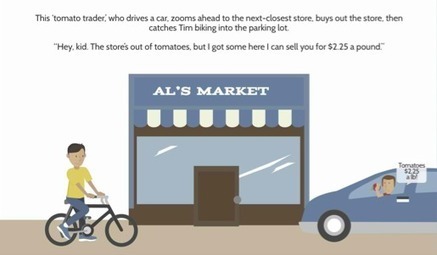

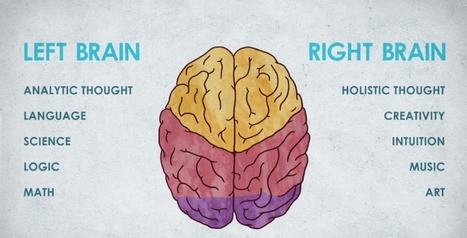
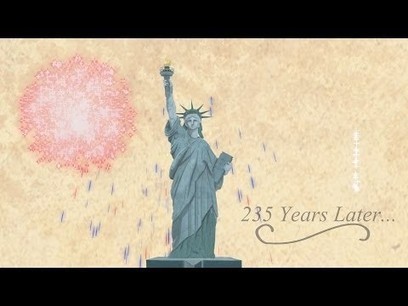
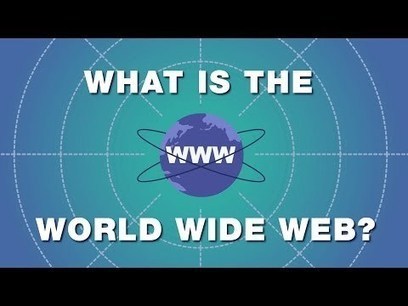
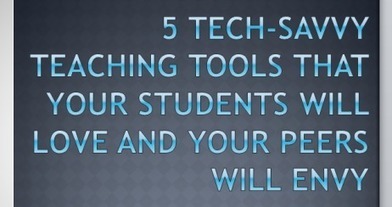
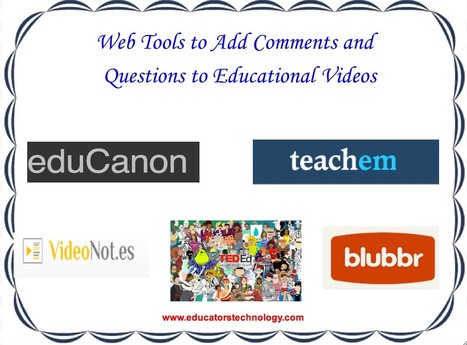
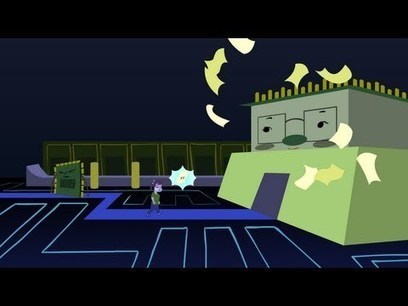
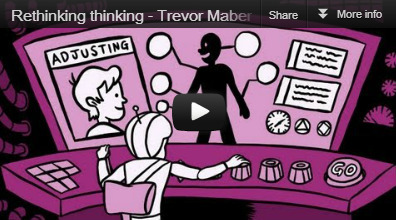
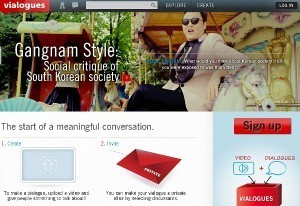

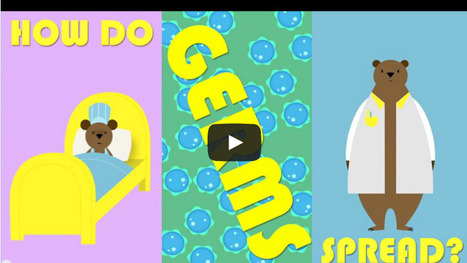
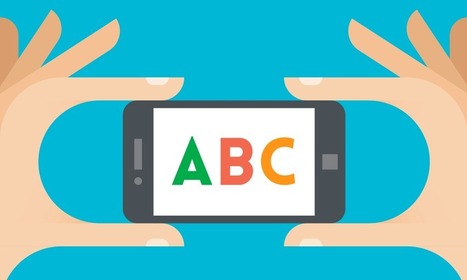
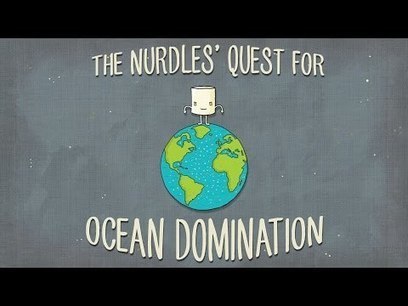
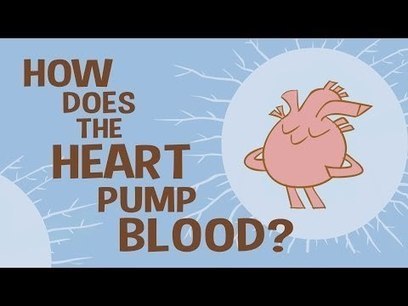
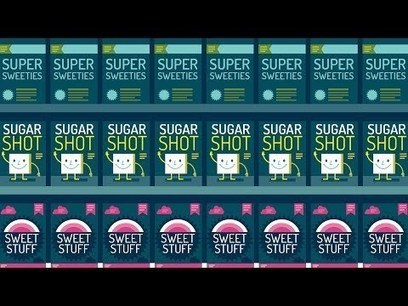

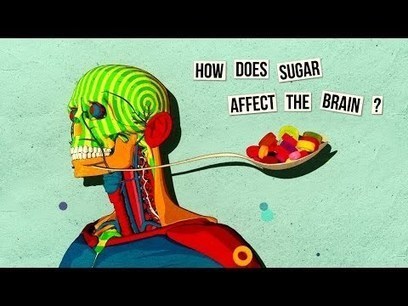
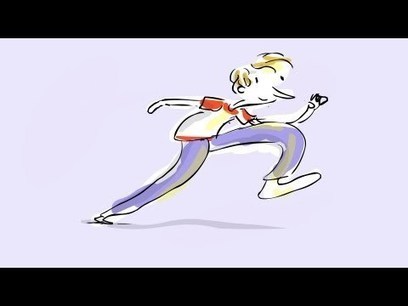


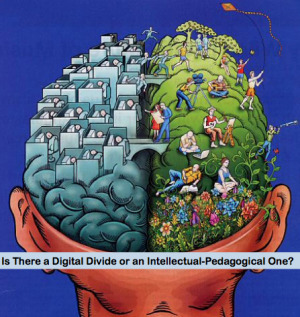





Thx Beth Dichter!